In focus: Manila's LGBTQ+ photographers reflect on the local nightlife
Kevin Cantos, Cru Camara, Jack Marion & Mersi Carballo on chronicling pre-corona club nights
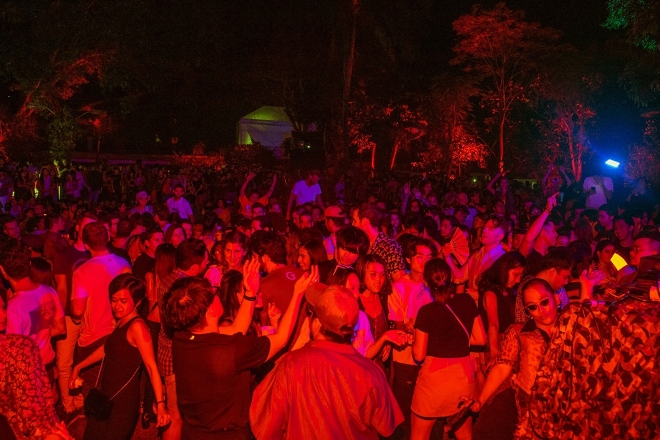
The communal loss caused by corona was nothing short of colossal. Manila’s nightlife economy faced waves of club closures, countless job losses, and over 1,300,000 cases. With sweaty dance parties remaining a thing of the past, local queer photographers contemplate what club life, through their lenses and thoughts, used to be.
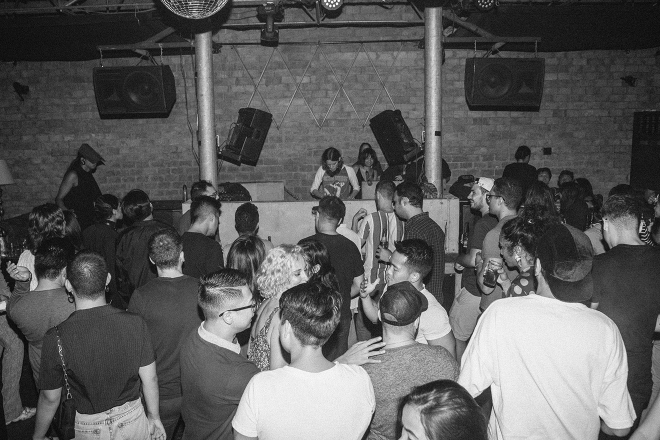
Subjects lost
“I miss everything about shooting nightlife. The people, the music, and even the exhaustion after a long night of shooting. The best part was being able to witness small moments of connection between people. That’s really what it’s all about, and that’s something I love to capture when I’m shooting,” Cru Camara, who often covers parties like UNKNWN, shares.
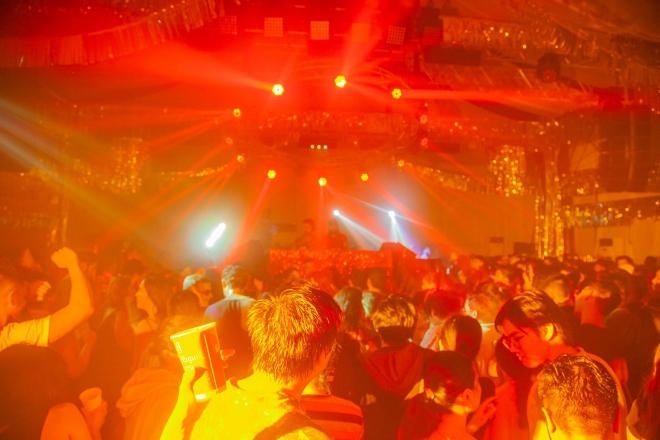
Kevin Cantos, finding home on the dance floor and behind the lens says: “What I miss the most about nightlife is the thrill of constantly seeing new people and expressions and capturing them—the raw emotion of the people on the dance floor wherein for a split second you can capture the face of true freedom and liberation.”

It's been over a year and a half since the capital saw ravers filling up spaces until daybreak. “There was always something happening. There was always a place to go for your needs,” Jack Marion, who used to regularly chronicle queer-powered Elephant ragers quips. “I think it’ll be a slow process to get things back to the way they were, but I also think the community has come together in such an interesting way during the pandemic that there are many possibilities creatively.”
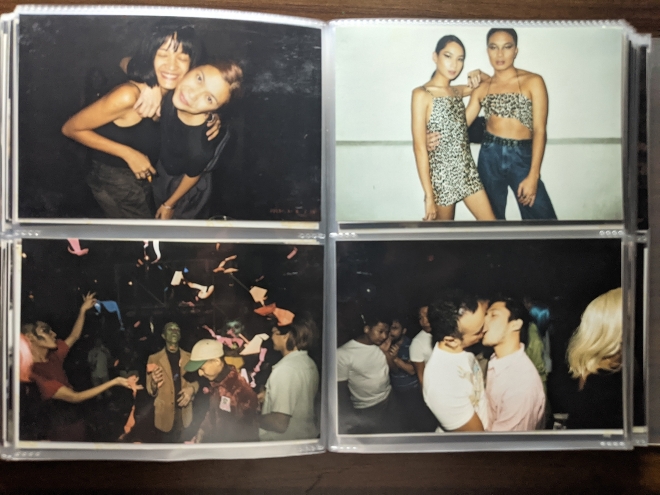
Despite recent restrictions easing with midnight curfew and larger place-capacity, Philippine government continues to prohibit parties. With numerous creatives finding themselves on even more unstable ground, others seek to find inspiration elsewhere. “I’ve been spending a lot of time in my hometown, Olongapo City, where I’m closer to nature,” Mersi Carballo, who used to shoot spaces like the now-closed Today x Future and XX XX. “I take photos of people and landscapes when I go to the beach or go hiking. It’s definitely poles apart from shooting nightlife. What I miss the most is the action. Watching people as the night progresses and they go from sober to inebriated.
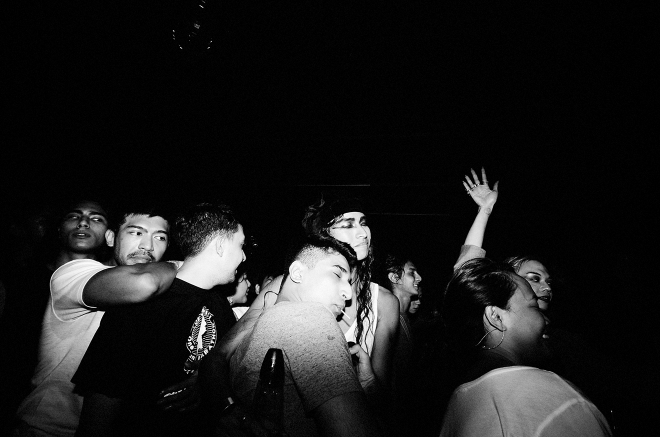
Finding light
In the absence of benders and post-rave mornings, it’s given those who often immortalize on corners or behind the DJ’s booth plenty to think about—particularly queer representation in the local club scene.
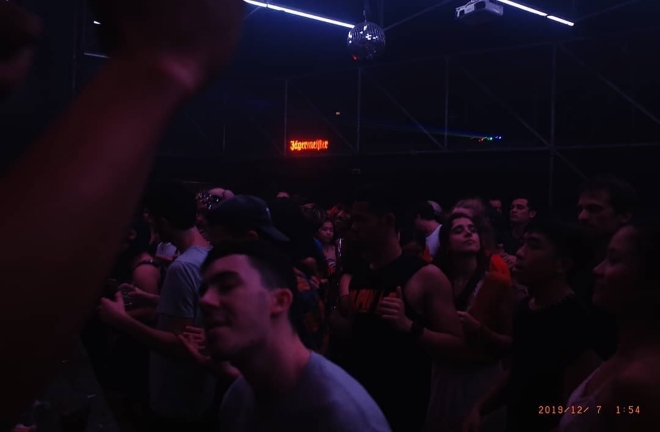
“I think the general culture of nightlife in Manila could have been more inclusive. Parties are an act of freedom and revolt, and I think that’s for everyone to experience,” Camara mulls over.
Cantos notes: “Nightlife before was pure energy and the community was extremely supportive of each other! But I do think that there’s a misalignment with the management of certain clubs in terms of keeping the LGBTQ+ community fully safe and welcome and in turn alienating the very same people who help push this culture forward.”
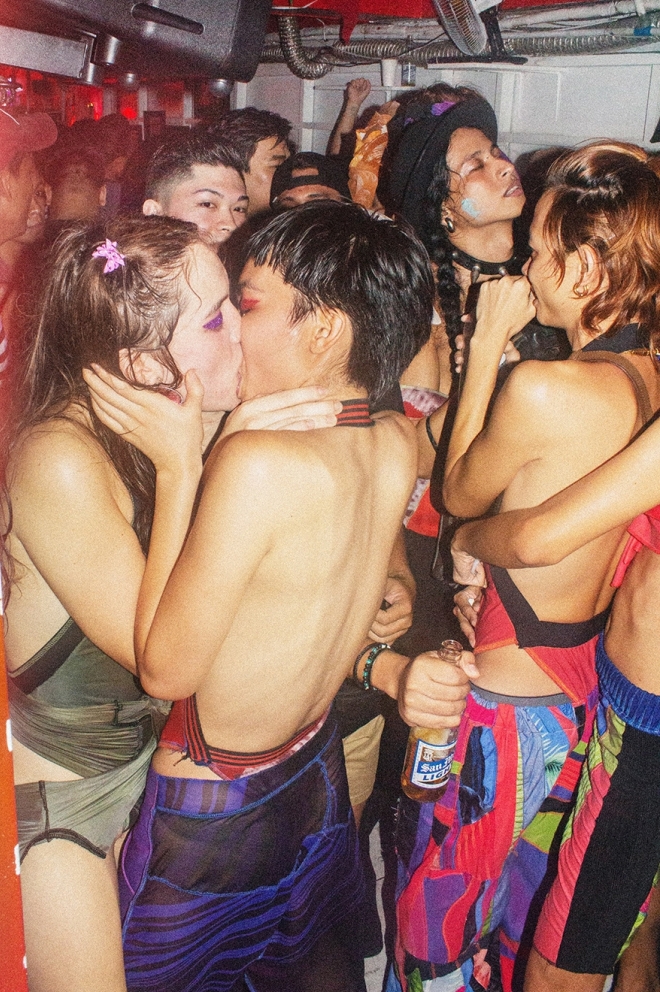
With very small, all too often tightly-knit circles to move around, the power of dance and seething loud music that bring people together prevails. “I envision it as a sort of renaissance for creatives. On a more emotional level, I think it will be like a huge reunion. We can all find solace in the dim lights and cacophony of techno or whatever they’re playing that night mixed with the shouting of friends trying to hear each other,” Carballo says.
[Images via Mersi Carballo, Kevin Cantos, Jack Marion & Cru Camara]


